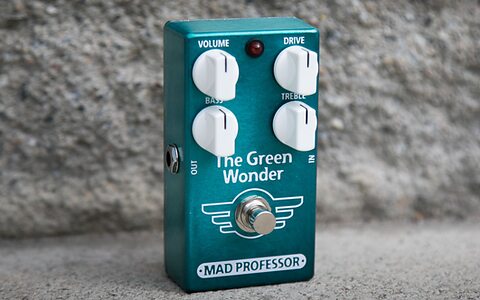
Tracktion Waveform Free updated
Tracktion have released a major update for Waveform Free, the free version of their Waveform DAW software.

Tracktion have released a major update for Waveform Free, the free version of their Waveform DAW software.

The latest monitor in Neumann's KH range is a two-way bass reflex design featuring DSP control.

The TouchControl 5 from RTW brings together the company's monitor control and metering expertise to offer an all-in-one solution for Dante-based systems.

AMEK EQ 250 has been developed by AMEK and Brainworx, and is based on one of the first parametric equalisers available, the Sontec MEP 250ex EQ.

Traktor Pro Plus from Native Instruments is a new subscription service that brings additional tools and features to their Traktor Pro 3 DJ software.

Soundtoys have announced a month-long sale on upgrades and trade-ups that are available to current registered users.

Cherry Audio have announced the release of Elka-X, a software synthesizer based upon the rare ELKA Synthex instrument

Mad Professor have carefully fine tuned the design to get more versatility out of this pedal.

auralControl from PSPaudioware is a utility plug-in aimed at engineers mixing in multi-channel surround formats.

Spitfire's latest library has been created with renowned artist BlankFor.ms, and features synthesizer sounds recorded from tape machines and processed with unusual gear.